How to grow Philadelphus
This member of the hydrangea family contains up to 40 species of mainly deciduous shrubs, found growing in scrub and rocky hillsides throughout Europe, Asia, and America. It is cultivated for its highly fragrant, papery blooms.
Philadelphus is also known by the common name of mock orange, a nod to the resemblance of its flowers to orange blossom.
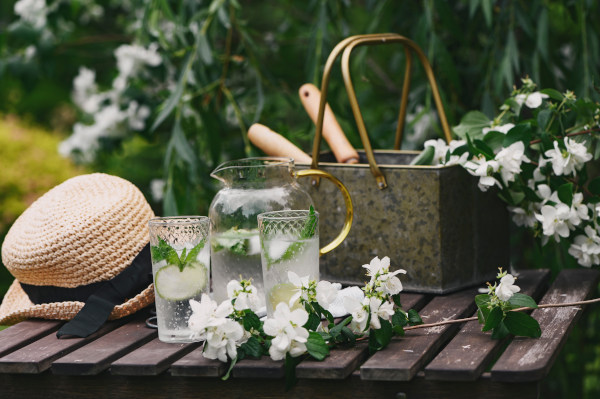
Zantedeschia is a genus of flowering plants from the family Araceae and is native to southern Africa. With a rich history dating back to the Ancient Romans, these deciduous or semi-evergreen perennials have been used as a symbol of celebration. Zantedeschia was Named after Professor Giovanni Zantedeschia, an Italian botanist.
There are two main forms of Zantedeschia: hardy and tender. Hardy forms of the plant can be grown outdoors, enjoy moist soil and full sun or partially shaded conditions - these are known as Arum lilies. Tender forms of Zantedeschia prefer being grown in containers or pots and should be brought inside over the winter - these are known as Calla lilies.
With tuberous flora in all colours from whites, yellows and oranges to deep reds and purples, Zantedeschias are not to be overlooked in any garden, as long as they have sufficient sunlight to grow in.
Ready to learn more about growing Zantedeschia? Read on for all there is to know...

Key Information
Soil pH
Position
Hardiness

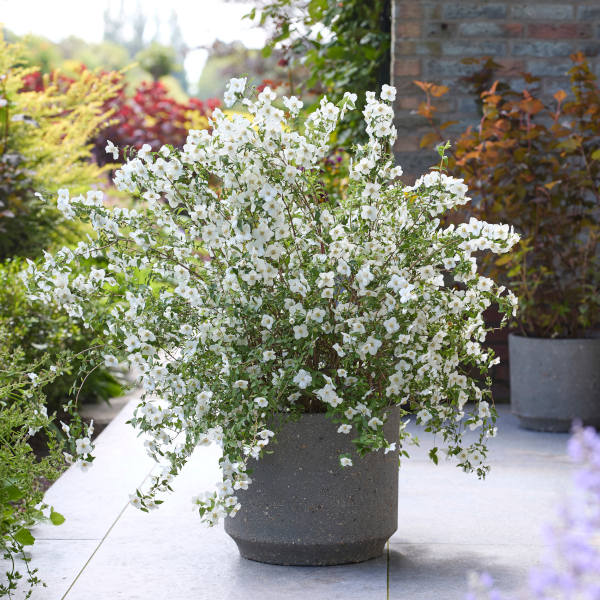
Where & when to plant Philadelphus
Position - Full sun to partial shade
Soil - Moderately fertile and well-drained
Flowering Period - Late spring to summer
Hardiness - Hardy
For best results, plant in autumn or spring. An autumn planting can be done by those gardening in mild conditions (and broadly speaking, this is the southern half of the UK). For those liable to very cold winters, it is best to wait until spring (generally the northern half of the UK). Planting can also be carried out in summer, though be prepared to water regularly.
Philadelphus can be grown as part of a shrub border, at the back of a mixed border, or as a specimen in a woodland garden. Larger species and cultivars make effective screening, and smaller forms can be grown in a container. Planting your philadelphus near a doorway or seating area will allow fullest enjoyment of its powerfully scented blooms.
Avoid soil prone to winter waterlogging.
How to plant Philadelphus
In the ground
- Clear the chosen area of weeds.
- Dig a planting hole several times larger than the root ball. Now is the time to give your soil a boost with the addition of generous amounts of well-rotted organic matter, and, if on the heavy side, plenty of horticultural grit.
- Place the plant in the hole, ensuring the top of the root ball sits level with the surface of the soil. Too low and the plant may rot, too high and the roots can dry out.
- Backfill with soil and firm in gently.
- Soak well with water.
- Mulch with well-rotted organic matter.
In a container
- Choose an appropriate container, ensuring there are plenty of drainage holes in the bottom.
- Use a good quality potting compost with plenty of horticultural grit mixed in, and, if not already present in the compost (check the description on the bag) some slow-release fertiliser granules.
- It can be a good idea to pot up larger containers in situ to save yourself the trouble of moving once full.
- Start by partially filling the pot with compost; enough so that when placed on it the upper surface of the root ball is about 3cm lower than the top of the pot.
- Infill all the space surrounding the root ball with compost, firming down with your fingers then adding a little more so the plant is held tight.
- Pick up the pot (if you can!) and lightly tap on the potting bench or ground a few times to help further settle the compost around the plant.
- Soak well with water.
- A mulch with horticultural grit will look attractive and help to prevent a ‘cap’ or crust forming on the top of the compost (something container plants can suffer due to the artificial nature of their watering).
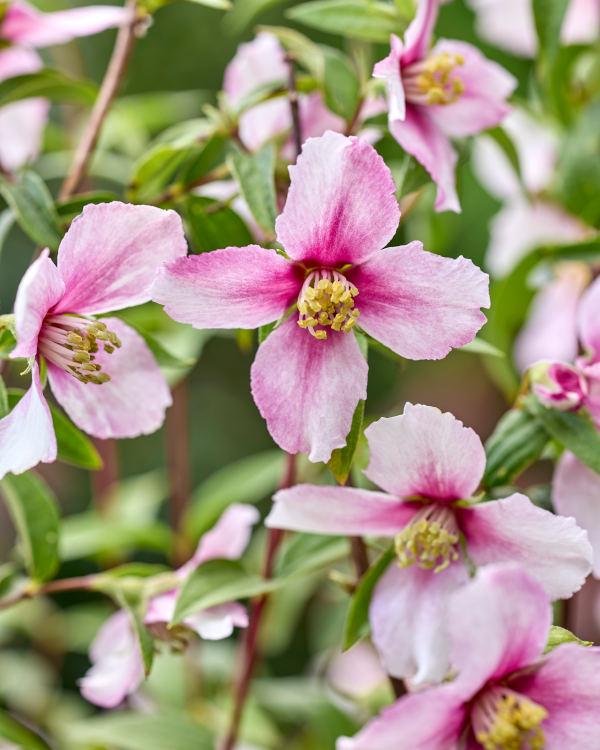
What to plant with Philadelphus
Though heady and intoxicating when in flower, for the rest of the year philadelphus is, dare we say it, somewhat unremarkable. We therefore recommend combining it with several other scented, flowering shrubs to provide interest at other times. For winter we suggest Viburnum x bodnantense and sarcococca, and in spring it’s got to be daphne and syringa. In summer philadelphus comes into its own, perhaps alongside a weigela. Then onto abelia, which is invaluable for its autumn blooms. Beauty and scent throughout the year – what could be better?

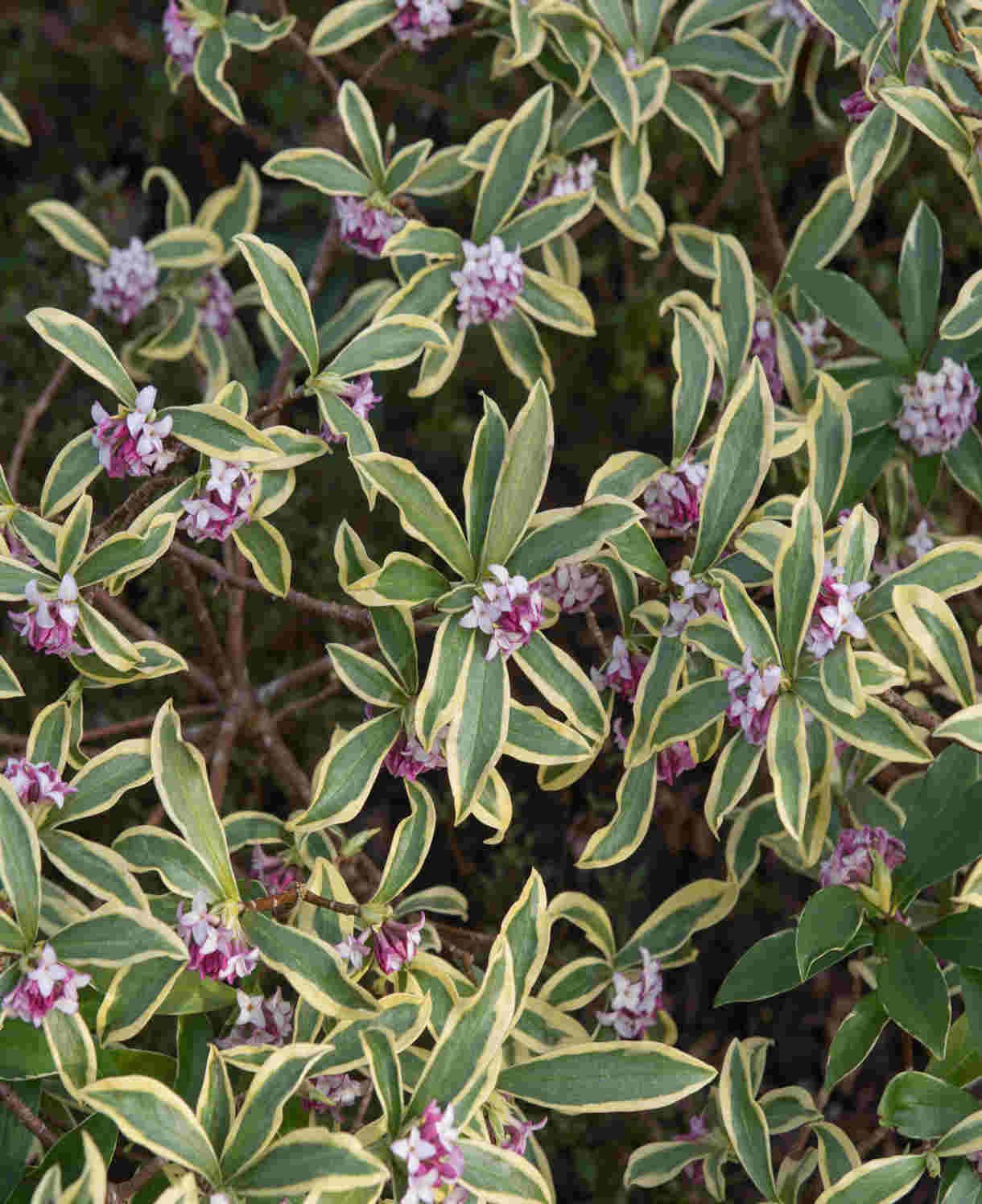
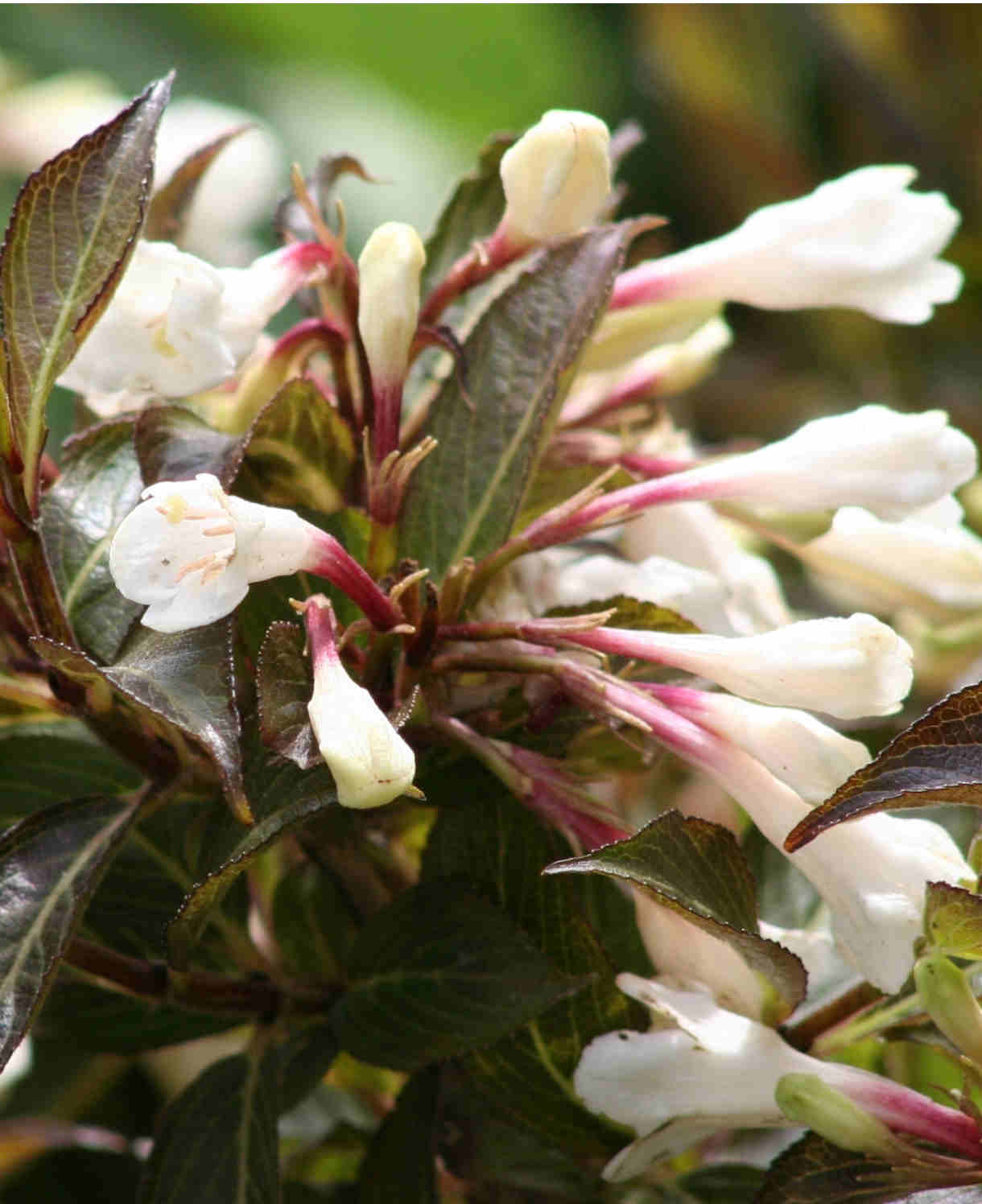
How to care for Philadelphus
Pruning and Deadheading
Philadelphus flowers on the previous years’ growth, so should be pruned immediately after flowering.
Prune back flowered stems to strong, young shoots lower down, and aim to remove about a quarter of older stems down to the ground each year.
Watering
Water your philadelphus until fully established (and this generally means throughout the first growing season), then in very dry spells thereafter. Philadelphus does have a degree of drought resistance, though will struggle if the soil dries out completely. An annual mulch will be an ally in locking moisture into the ground.
Container-grown philadelphus should be watered regularly throughout the growing season. Allow the top few centimetres of compost to dry out between soakings.
Cold Protection
All our philadelphus is very hardy, and able to withstand a UK winter outside without the need for additional protection.
Pests and Diseases
Philadelphus tends to be problem-free aside from the potential for powdery mildew (a fungal disease). This appears as a white, powder-like coating on foliage, and can be caused by poor air flow, drought stress, or insufficient sunlight.
Prune off and dispose of any affected leaves, keep plants well-watered (avoiding water on the foliage if possible), and if necessary, thin out surrounding plants to improve airflow. Philadelphus tends to weather an outbreak of powdery mildew quite well, so do not be too concerned.
How to propagate Philadelphus
Take softwood cuttings in summer, using the soft, pliable tips of new, non-flowering growth.
- Snip cuttings off the plant, if possible taking a longer piece than the ideal eventual length of around 10cm (to allow for trimming).
- Put them in a plastic bag straight away to prevent drying out.
- with a perlite-heavy compost mix (at least 50% perlite).
- Trim the end of the cutting to just below a node (point at which leaves grow).
- Remove lowest leaves and soft tip, leaving 2-4 leaves.
- If the remaining leaves are large, cut them in half with a sharp knife (to reduce water lost through transpiration).
- Insert the cuttings into the compost and water lightly. Several cuttings can be put in the same container if there is enough space to do this without them touching.
- Place in a greenhouse or propagating unit if you have one or covered with a plastic bag on a windowsill if not (out of direct sunlight).
- Keep the cuttings misted and occasionally watered until they root. You will know this has happened when roots emerge out of the bottom of the container.
- Gently remove rooted cuttings and pot them into individual pots. Grow on in a cool yet frost-free environment such as an unheated conservatory, greenhouse, or cold frame, until they are large enough to be planted out.
Alternatively, hardwood cuttings in autumn or winter are an equally successful method.
- Select shoots of fully ripe, current year growth (which by now will be bare and leafless), cutting at the join with last year’s growth.
- Trim to 15-20cm, with the top cut just above a pair of buds, and the bottom cut just below a pair of buds. It is good practice to make the top cut a sloping one, both to aid water runoff, and to remind you which end is the top.
- Spacing approximately 10-15cm apart, firm into a trench in a prepared bed (with well-rotted organic matter and grit dug in), the top 3-5cm of the cutting showing above soil level. Alternatively insert into containers filled with a gritty compost mix.
- Water in lightly. Place containers in a cold frame.
- Check and re-firm trench cuttings after a frost (which can lift them out of the ground).
- Leave cuttings in place until the following autumn ensuring they do not dry out during the summer. By this point they should have rooted and can be lifted and either potted or planted out as required.
Common Philadelphus questions
Will philadelphus grow in shade?
Philadelphus can be grown in full sun or partial shade, the latter meaning at least 4 hours of sunlight per day. Full shade is likely to result in weak growth and few flowers.
What soil is best for philadelphus?
Philadelphus is fairly easy-going when it comes to soil type. All it asks is a moderate level of nutrients and a well-draining structure. Adding in generous amounts of well-rotted organic matter and horticultural grit when planting can be helpful, as can an annual mulch in autumn or spring. The only thing to avoid completely is any soil prone to winter waterlogging.
How quickly does philadelphus grow?
Philadelphus has a quick growth rate and can put on around 60cm per year.





